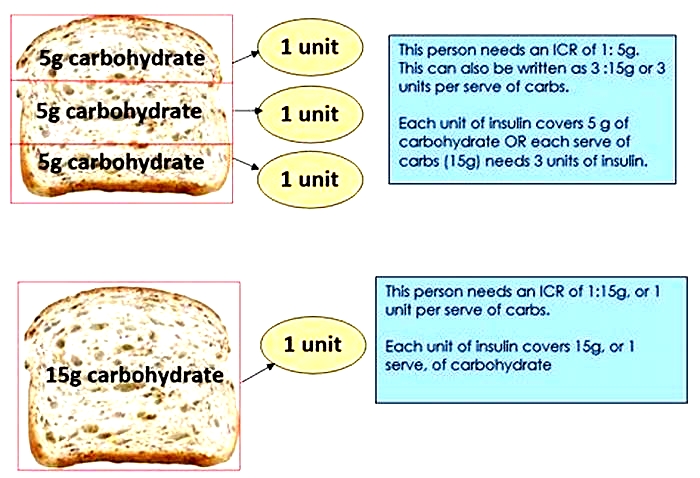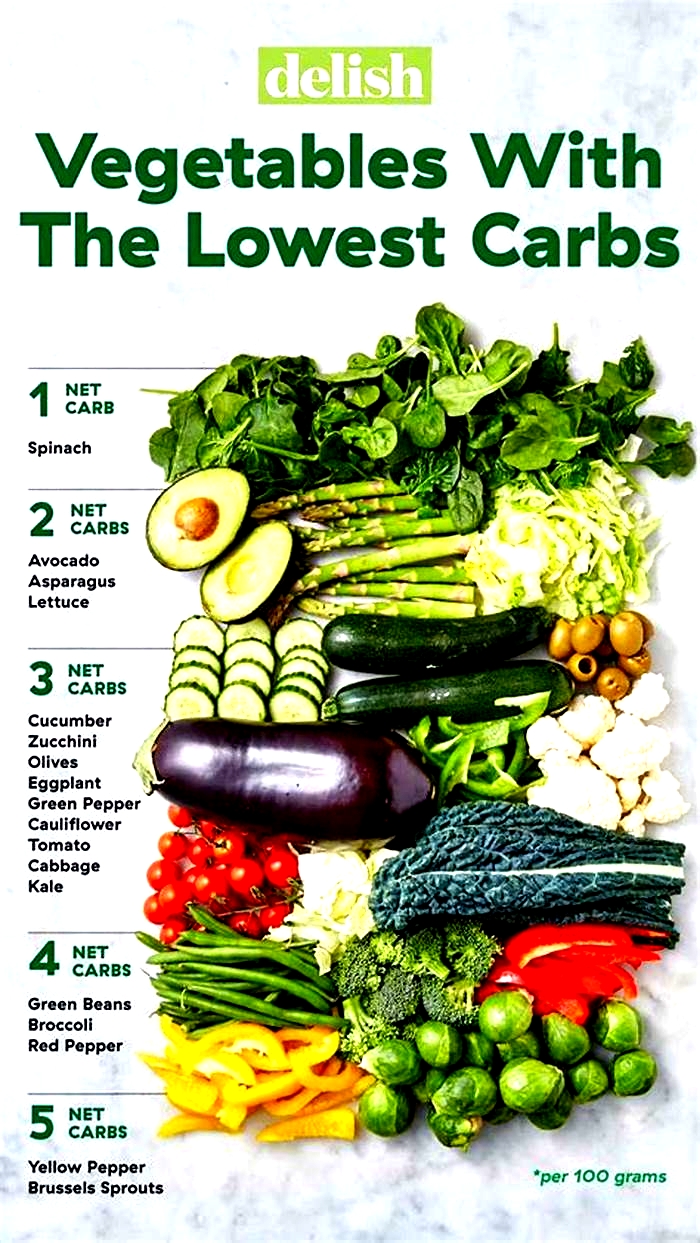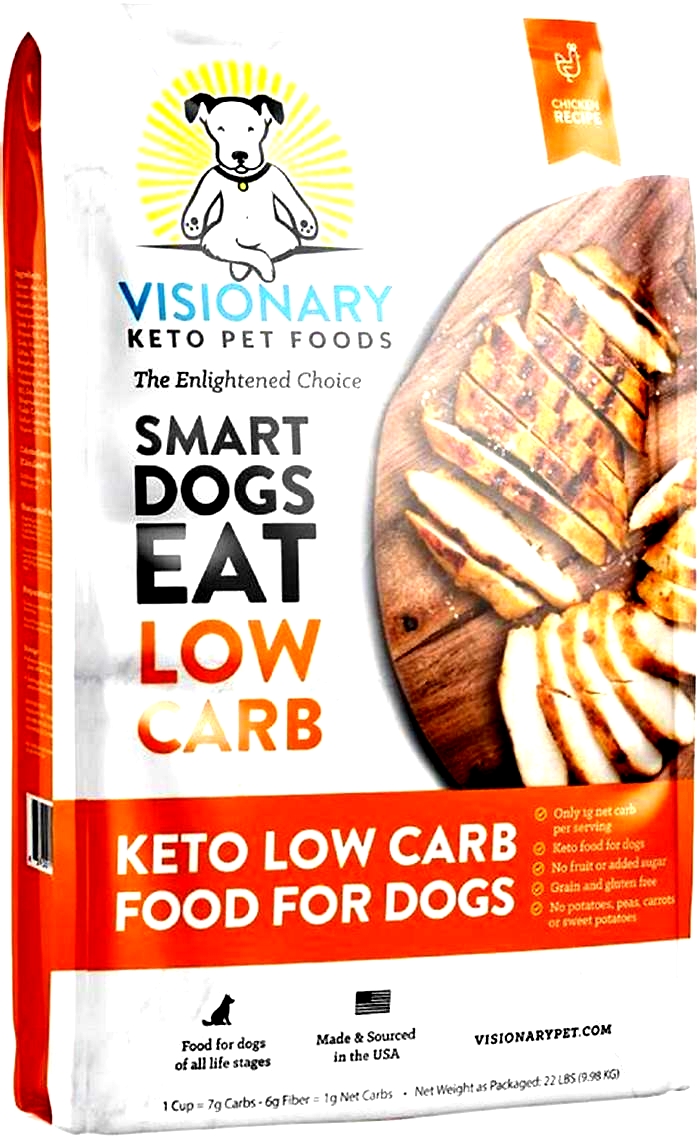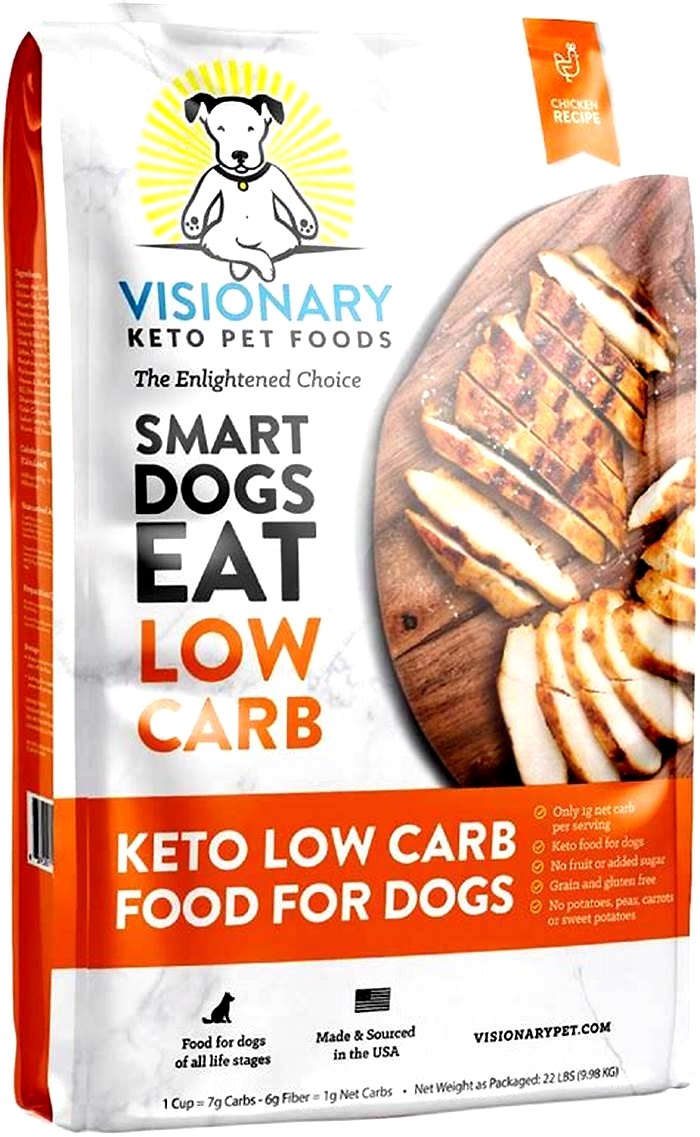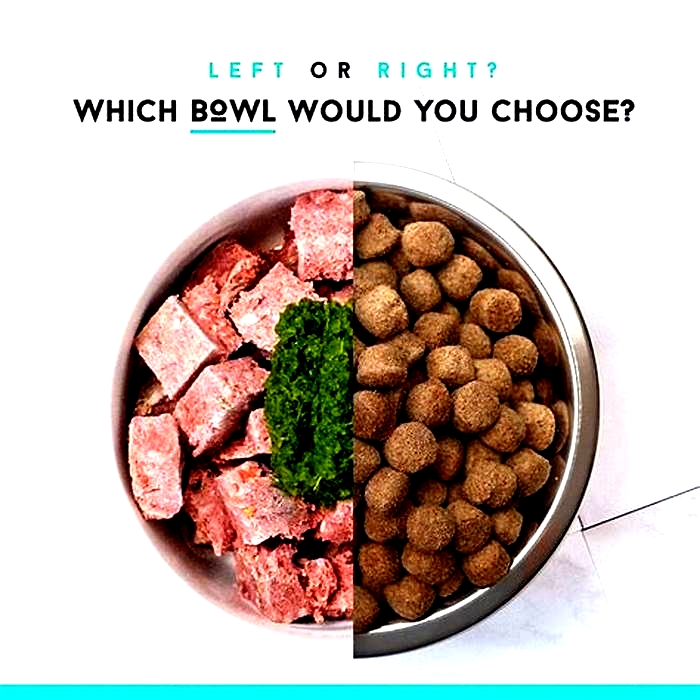What is the best protein fat carb ratio for dogs

Fat, Protein and Carb Levels in Dog Food
Dr. Barry SearsZone Diet was a fad that swept the world like so many new trend diets for humans do.In a nutshell, Dr. Sears theories culminate in a simple prescription for the ideal human diet: each of our daily meals (and, hence, our total diet) should be comprised of 30 percent protein, 30 percent fat, and 40 percent carbohydrates.
The Zone diet has been roundly criticized by other nutritionists, who contend that Sears high-protein diet can tax the kidneys, and that any weight loss that a person may experience with the diet is from a simple reduction in consumed calories, not from some sort of magic ratio of nutrients.
The fuss over The Zone diet made us wonder: is there a canine Zone? What is the ideal ratio of protein, fat, and carbohydrates for dogs?
Perfect Dog Nutrition is Still a Mystery
First off, there are not yet any canine nutritionists out there selling books about The Dog Zone. And, truthfully, the lack of a current book may have something to do with the fact that canine nutrition specialists cant agree among themselves what types of foods are best for dogs much less what the percentages of fat and protein and carbohydrates should be. There is even virulent disagreement over whether dogs benefit from having ANY carbohydrates at all!
But in the meantime, there are hundreds of dog food companies churning out millions of bags and boxes of dog food each year, and many of those bags and boxes are labeled with descriptions like, Specially formulated to meet the needs of your dog! Some of these foods are designed to be high in protein, or low in fat, to serve the needs of specific types of dogs. How do the dog food companies decide how much of each type of macronutrient to put in their foods? And more to the point, how can dog owners design a diet for their dogs (based on commercial foods, home-made foods, or a blend) that best addresses the dogs nutritional requirements for energy, growth, and performance?
Because of the lack of an accord on this subject within the canine nutrition community, we feel that the best approach is for individual dog owners to learn as much as they can. For starters, they need to learn what function each type of macronutrient serves in their dogs food, and to understand what their dog needs, based on his age, breed, health, and activity level.
In this article, well start with the macronutrients (protein, fat, and carbohydrates). Well discuss the micronutrients (vitamins and minerals) in a future issue.
Protein in Dogs Diets
There are many kinds of proteins, which are made of complex, organic compounds. Each type of protein consists of a varying mix of amino acids attached to each other with peptide bonds. Dogs can manufacture some of the 22 amino acids found in their bodies, but need a dietary source for others. Amino acids build body proteins, which in turn function as components of enzymes, hormones, a variety of body secretions, and structural and protective tissues.
Proteins are in a constant state of flux, always undergoing degradation and synthesis. Some constituent amino acids get recycled, some are excreted, and some are used for energy. In the case of growing or gestating animals, new tissue is created from protein, among other things.
Protein is a good energy source, providing 3.5 kilocalories of energy per gram of weight. However, not all proteins contain the complete array of amino acids needed by dogs. For this reason, it is important to balance out these deficiencies and/or excesses of amino acids when selecting ingredients for use in pet food diets. Neither corn nor soybean meal is an ideal protein, for example, but, fed in combination, soybean meal and corn complement each other perfectly, because the amino acids which are deficient in one are present in the other.
The requirements for different amino acids also change as the dog grows and ages. For example, a dog needs only a quarter as much arginine for adult maintenance as he needs when he is a growing puppy.
In theory, any source of protein (plant or animal) can satisfy a dogs needs as long as complete and balanced ratios of amino acids are present and present in a digestible form.
In todays highly competitive dog food market, dog owners have been besieged with information about protein quality. Some scientists argue that the source of a protein doesnt matter, as long as all amino acids are present in a form the dog can utilize. But quality does matter; it refers to the amount that must be consumed by the dog in order to fulfill his amino acid requirements. Therefore, the factors of digestibility and amino acid levels and types determine protein quality. The higher the biologic value of a protein, the less the amount of that protein is needed in a diet.
Insufficient total protein intake often occurs when owners attempt to economize by feeding poor-quality, low-cost foods too high in carbohydrate content. Inexpensive proteins of low biologic value such as collagen or gelatin, or those contained in low quality meat, byproduct meals, and cereal wastes are often present in low quality foods.
According to the National Research Council, a growing puppy requires a diet that is about 29 percent protein (by weight). This protein should provide about 20-25 percent of his dietary calories. Adults need about 18 percent dietary protein.
When Dogs Get Too Much Protein
As usual, nature provides for a little leeway. Most animals, including dogs, have liver enzymes that function to adapt to the amount of protein consumed, allowing the animal to conserve nitrogen on a low-protein diet, and to excrete excess nitrogen on a high-protein diet. However, this adjustment process (especially the adjustment for a diet containing excessive protein) can exact a toll on the kidneys.
Excesses of protein can be especially detrimental to puppies. This is nowhere more evident than in the large and giant breeds, where excessive protein intake can result in skeletal problems later in the dogs life. This is because the body guards its acid-base balance carefully so that all of the pH dependent biochemical reactions can take place normally. High-protein foods are high in acids. Some high-acid, high-protein foods (such as red meat, poultry, fish, or eggs) compel the body to counter the acid with an alkaline preparation to preserve its pH balance. The body obtains this alkaline buffer from the skeleton, dissolving the dogs bones into calcium and phosphates, which can lead to bone loss and kidney stone formation. When high protein foods are fed, calcium and phosphorous must also be increased and balanced to maintain skeletal health.
Keep in mind that the dogs protein needs change a LOT over his lifetime. For instance, researchers have found that geriatric dogs with healthy kidneys maintain better on a higher amount of protein than is commonly found in maintenance foods. And, counter to years of conventional wisdom, recent research has indicated that dogs with compromised kidney function do not fare better on low-protein than high protein diets. When protein was drastically reduced or eliminated from experimental diets, many normal physiologic processes were negatively affected in the animal; if there were benefits to be had from the low-protein diet, there were too many physiologic costs to make the diet worthwhile.
Fat in Dogs Diets
Carbon, oxygen, and hydrogen make up the complex molecules called fatty acids, lipids, and oils. Dogs can manufacture certain fats from dietary carbohydrates as needed; these are called non-essential fats (they are essential to life, of course, but are dubbed non-essential because you dont have to feed them the dog will make them). Essential fats (the kind you must feed, because the dog CANT make them) are found both in plant and animal matter. Fats are an excellent source of dietary energy; fats yield 2.5 times as much energy as proteins or dietary soluble carbohydrates for dogs, at 8.5 kilocalories of energy per gram of weight.
Most dietary fat is made up of triglycerides, which is a group of three fatty acids. Fatty acids are classified by the length of their carbon chain, by the presence or absence of double bonds, the number of double bonds, the position of those bonds along the carbon chain, and by their melting point. Fats with no double bond at all are called saturated fats.
Fats containing fatty acid chains with a double bond are called unsaturated fats. These may vary from a single double bond in the fatty acid molecule (monounsaturated) to fatty acids with many double bonds (polyunsaturated). Saturated fats are generally solid at room temperature and unsaturated fats are usually liquid.
Fat digestion is more complex than that of protein or carbohydrates. Still, healthy dogs and cats can digest fats with great efficiency; approximately 90-95 percent of the fat they eat gets metabolized.
Dietary fats are required for the absorption of the fat-soluble vitamins A, D, E, and K. Without enough fat, a dog with an unlimited supply of those vitamins can not benefit from them. Fat also serves as a source for essential (unsaturated) fatty acids (EFAs) that canines cant manufacture. EFAs are necessary as constituents of cell membranes, for the synthesis of prostaglandins and related compounds, and in controlling epidermal loss of water.
Linoleic acid is the only EFA required by all animals. As the main unsaturated fatty acid in most vegetable oils, linoleic acid makes up 15-25 percent of most poultry and pork fats, but less than 5 percent of beef tallow, fish oil, and butter fat. By comparison, corn oil has 87 percent unsaturated fatty acids, with 55 percent linoleic acid. Safflower oil is also a good source of EFAs, containing 89 percent unsaturated fatty acids, with 72 percent linoleic acid. Although a range of 5-20 percent fat is generally used by commercial dog food producers, 25-50 percent of the daily energy requirement can be supplied by fat during periods of high caloric need such as growth, lactation, or physical exertion.
Too Much Fat
What happens when you feed your dog too much fat? Acute pancreatitis can result from chronic overfeeding of fats, since the pancreas is the organ that must produce the enzymes that break down fats. Cardiovascular disease and heart problems can arise from too much dietary fat.
Inadequate dietary fat may lead to a fatty acid deficiency and /or an energy deficiency resulting in poor growth, weight loss, and reduced physical ability and reproductive performance. Insufficient EFAs can also lead to impaired wound healing, cause a dry and lusterless coat and scaly skin, and changes in the lipid film on the skin, which in turn may predispose the animal to skin infection. Dermatitis may ensue (a localized infection in the external ear canals and between the toes), or can erupt anywhere else on the body in lesions called hot spots.
EFA deficiency can occur when oxidation of pet foods due to poor storage conditions (warm, humid conditions contribute to oils turning rancid), particularly when antioxidants in the food are insufficient.
Carbohydrates in Dogs Diets
Carbohydrates are the main source of energy for all body functions and are needed to process other nutrients. Plants make carbohydrates as a product of photosynthesis, storing the carbon-based substances in their leaves, stems, roots, and fruits. Our bodies can also produce certain carbohydrates.
Fruits are often more than 90 percent carbohydrate, usually in the sweet-tasting simple form of glucose and fructose. Green and yellow vegetables store most of their calories as complex carbohydrates (containing a large number of glucose molecules), but contain few total calories. Whole grains (rice and corn), the whole grain flours (wheat, rye), tubers (potatoes, yams), and legumes (beans, peas), contain large amounts of complex carbohydrates. Rice, corn, and other grains (along with potatoes), store about 80 percent of their calories in the form of these complex carbohydrates. Beans, peas, and lentils are about 70 percent complex carbohydrates.
Carbohydrates are digested by enzymes in the small intestine or the gut. Most of the carbohydrates in dog foods are broken down and absorbed as glucose or other simple sugars before being used for energy.
Carbohydrates are classified into either of two groups based on their solubility (digestibility) characteristics: Dietary soluble carbohydrates supply relatively inexpensive calories (3.5 kilocalories/gram). Dietary insoluble carbohydrates (fiber) provide no significant energy to the dog. Because dogs have very short intestinal tracts, fibers dont have much time in contact with microbial flora or with digestive enzymes, so they pass right through the animal. Diets high in fiber can be appropriate for dogs who tend to eat too much; fiber absorbs water on its way through the digestive tract, which helps lend a feeling of fullness to the bored or food-obsessed dog.
Diets high in fiber are inappropriate for dogs that have high energy requirements (growth, late gestation, lactation, stress, work); high amounts of fiber can decrease absorption of nutrients and displace useful energy sources. Excessive dietary fiber also is associated with adverse effects such as the production of loose stools and flatulence.
The Right Amount of Carbs for Dogs
Carbohydrates exceeding the animals energy requirements are stored in the body as glycogen in the liver and muscles, or are converted to fat. This manufactured fat is stored in adipose tissue to be used later, or not, depending on a specific animals needs.
Because carbohydrates are the most readily available source of energy, when low levels of carbohydrates are fed, the dogs body draws more heavily on its protein supply to meet its energy needs. As long as the dogs supply of protein is sufficient, this is probably not a liability.
However, the right amount of carbohydrates in a dogs diet is one of the most hotly contested subjects among canine nutritionists. The National Research Council does not even make a recommendations for a dogs daily requirement of carbohydrates (this is why dog food manufacturers are not required to list the amount of carbohydrates contained in their foods, though a small number of dog food makers list this information anyway). But some studies have indicated uses for carbohydrates in certain dogs diets; research has shown, for instance, that pregnant dogs perform better with some carbohydrates in their diet, whereas pregnant dogs fed carbohydrate-free diets had problems whelping and did not deliver strong, healthy puppies.
In our June 1999 issue, we discuss how dog food makers have determined their own dog Zone ratios, and how their chosen proportions of protein, fats, and carbohydrates affects our dogs health and well-being.




